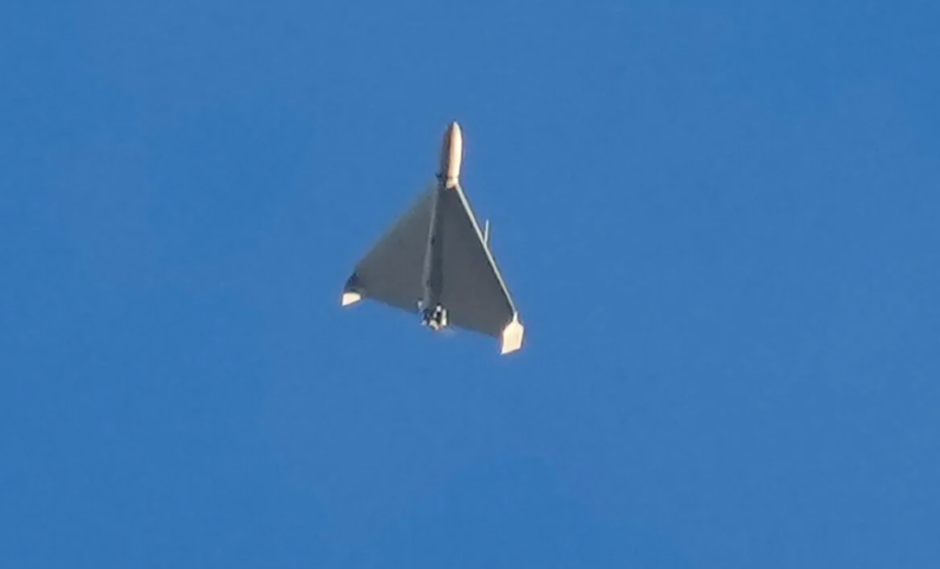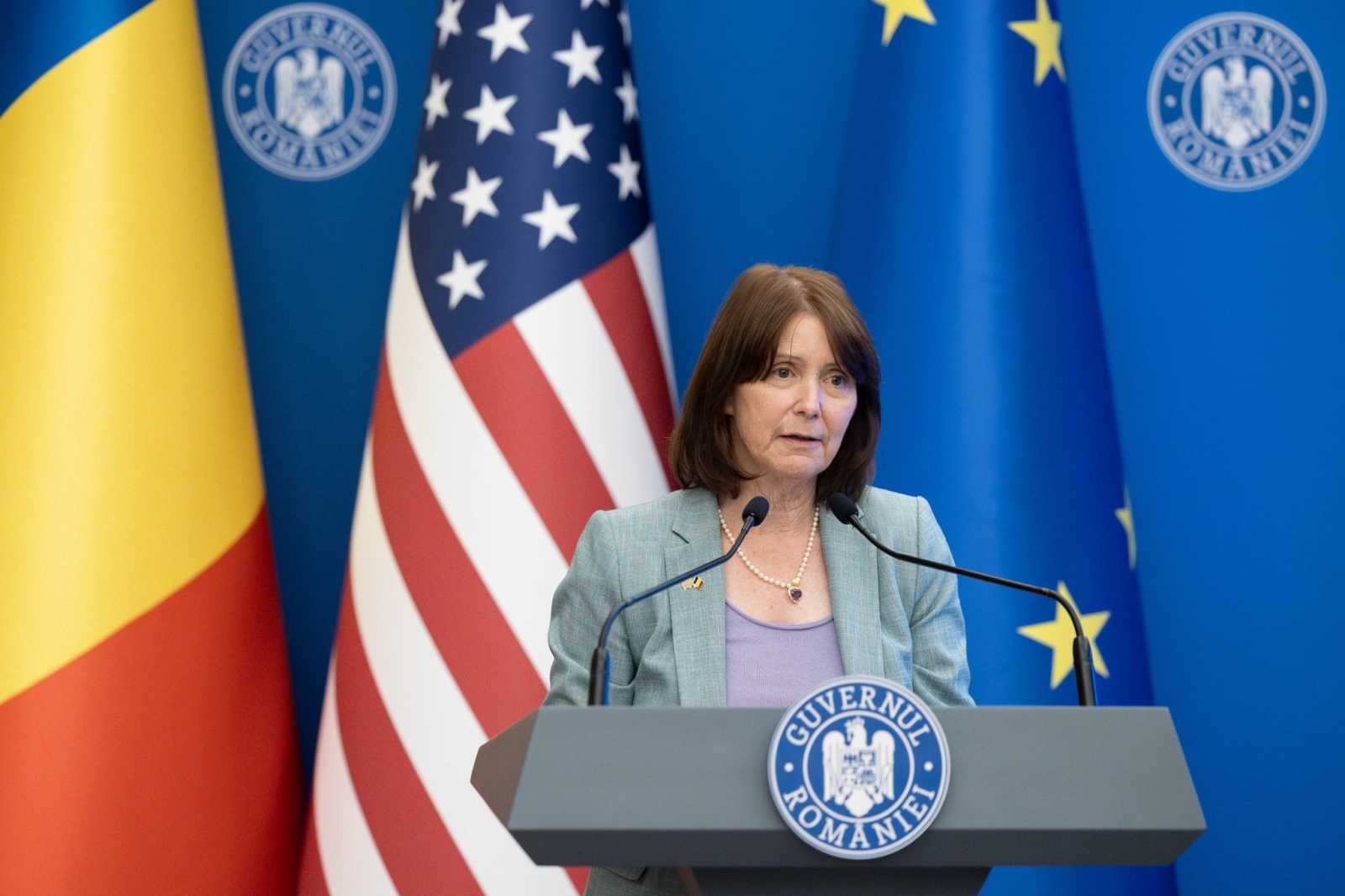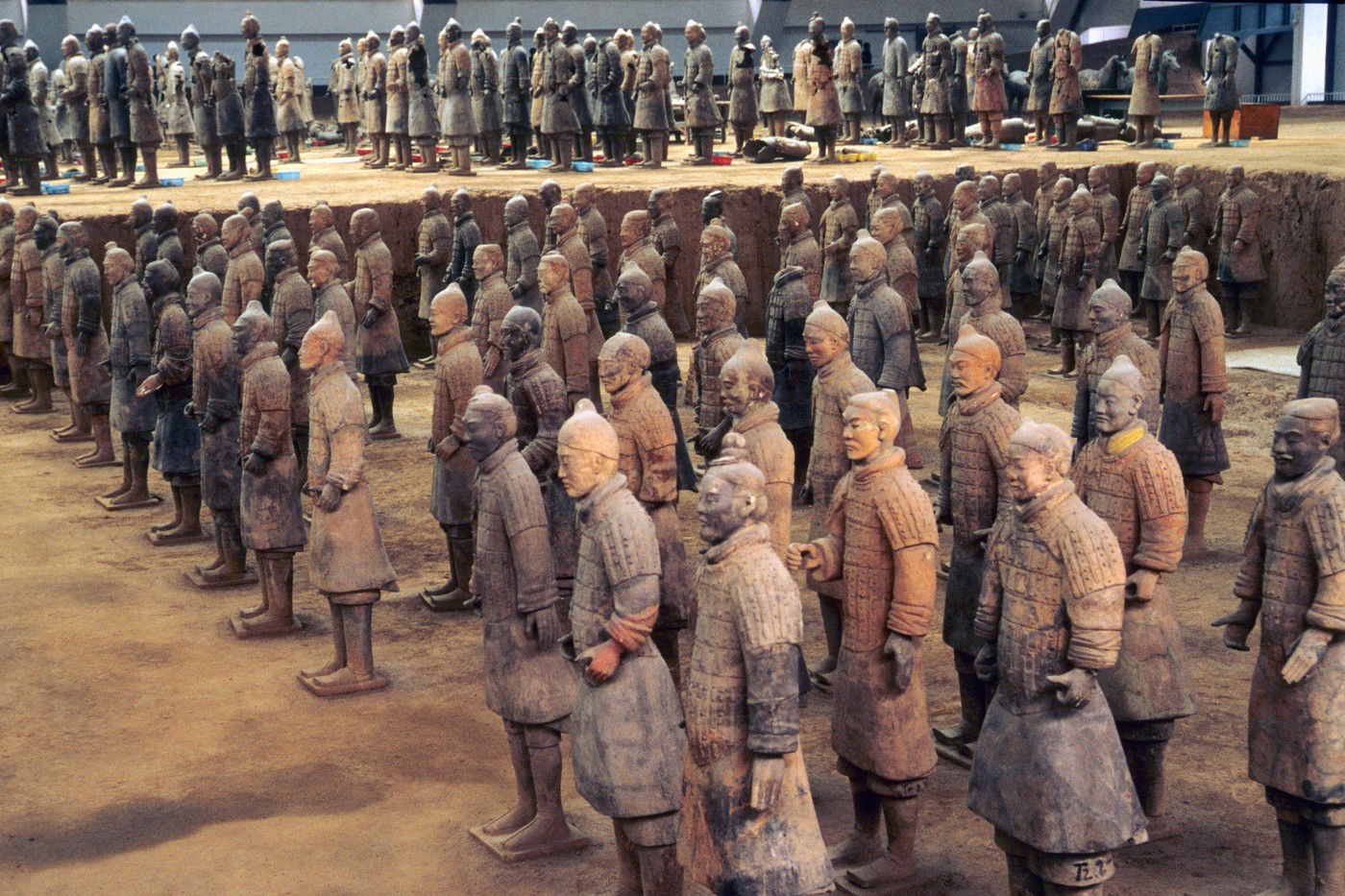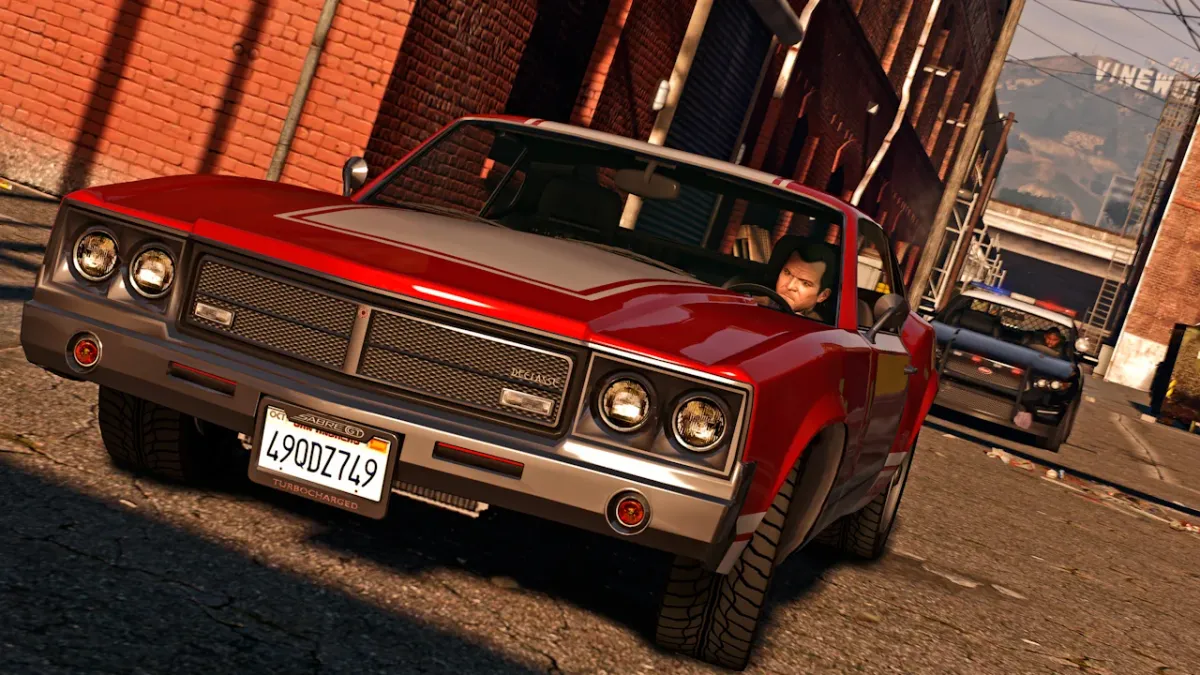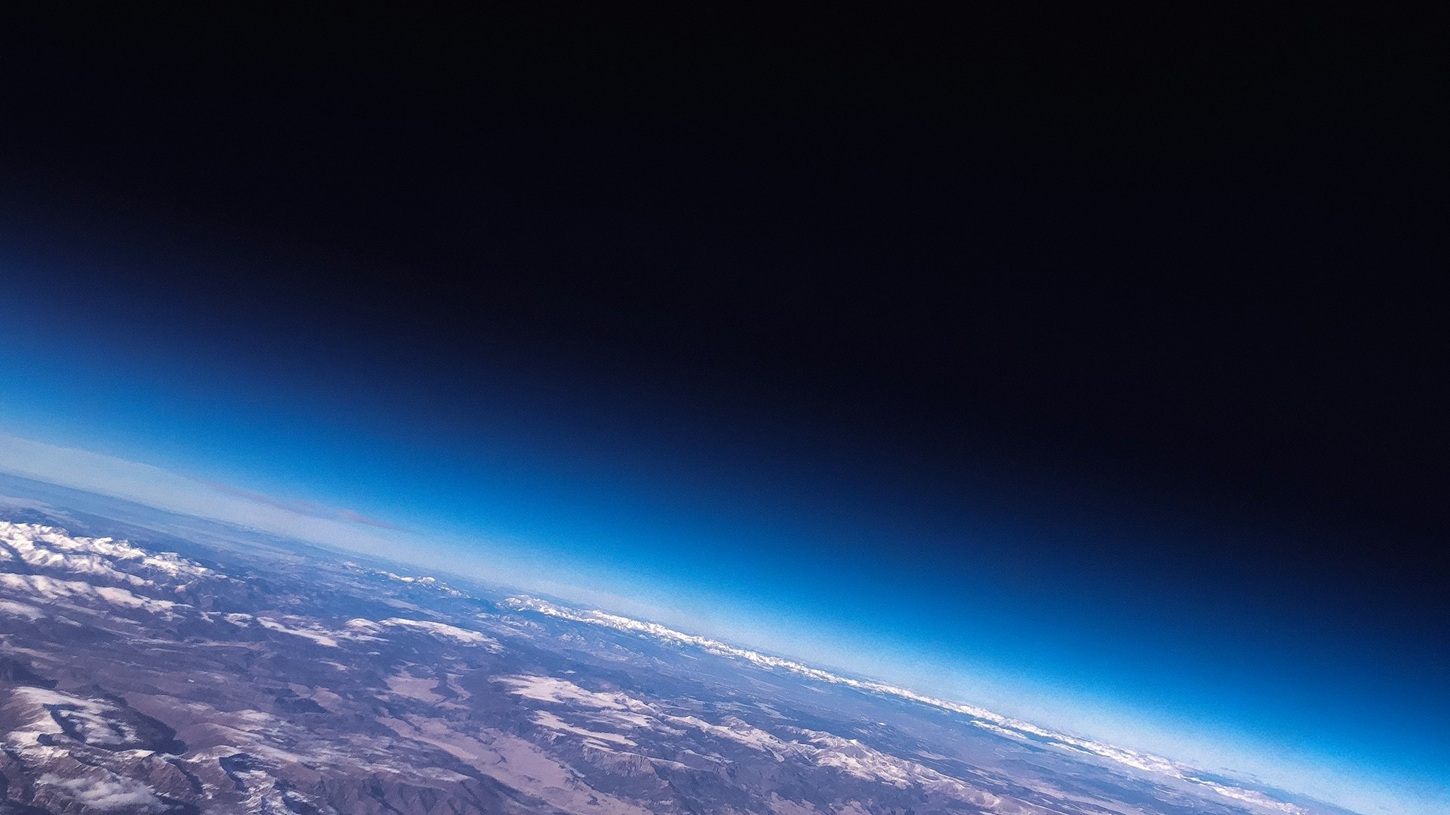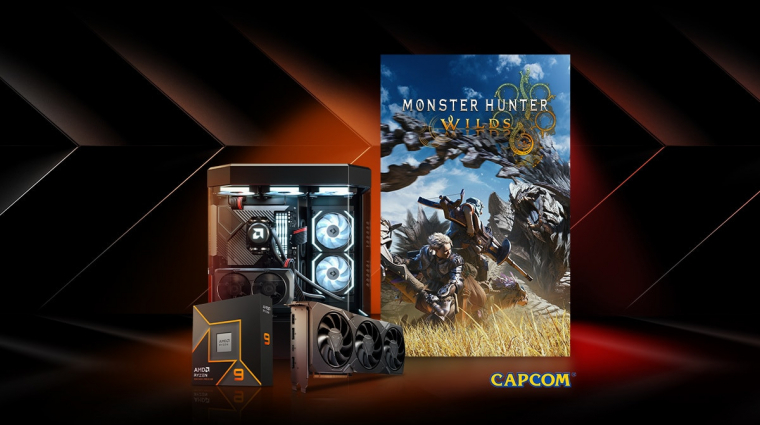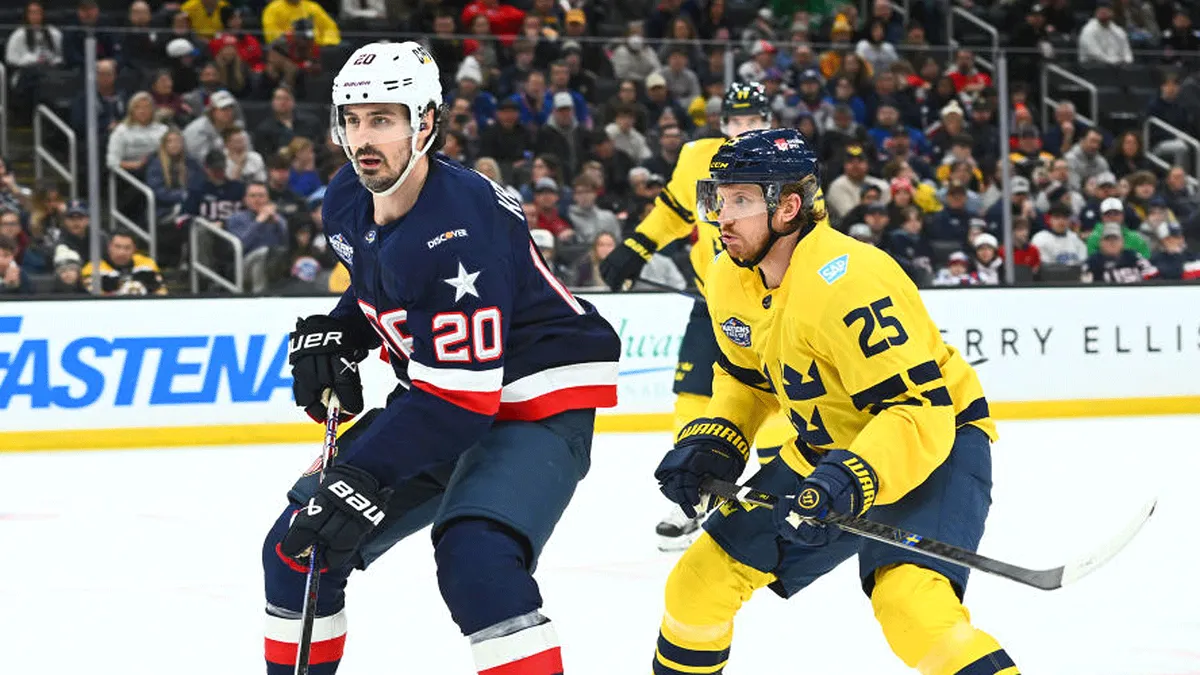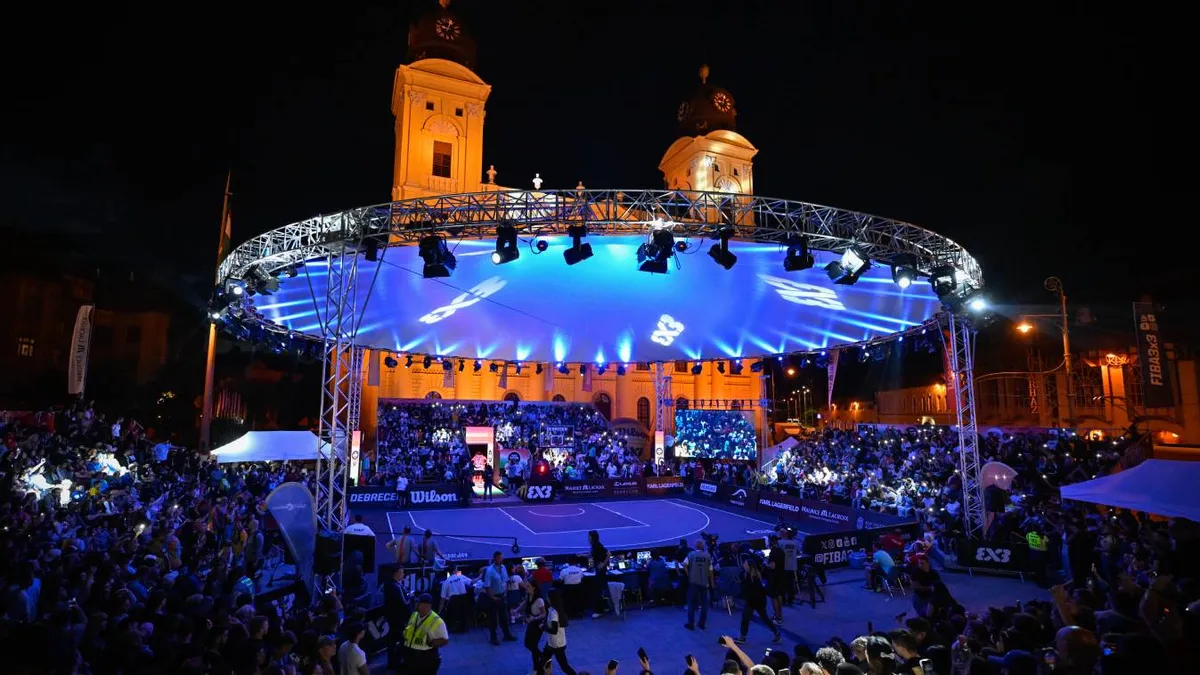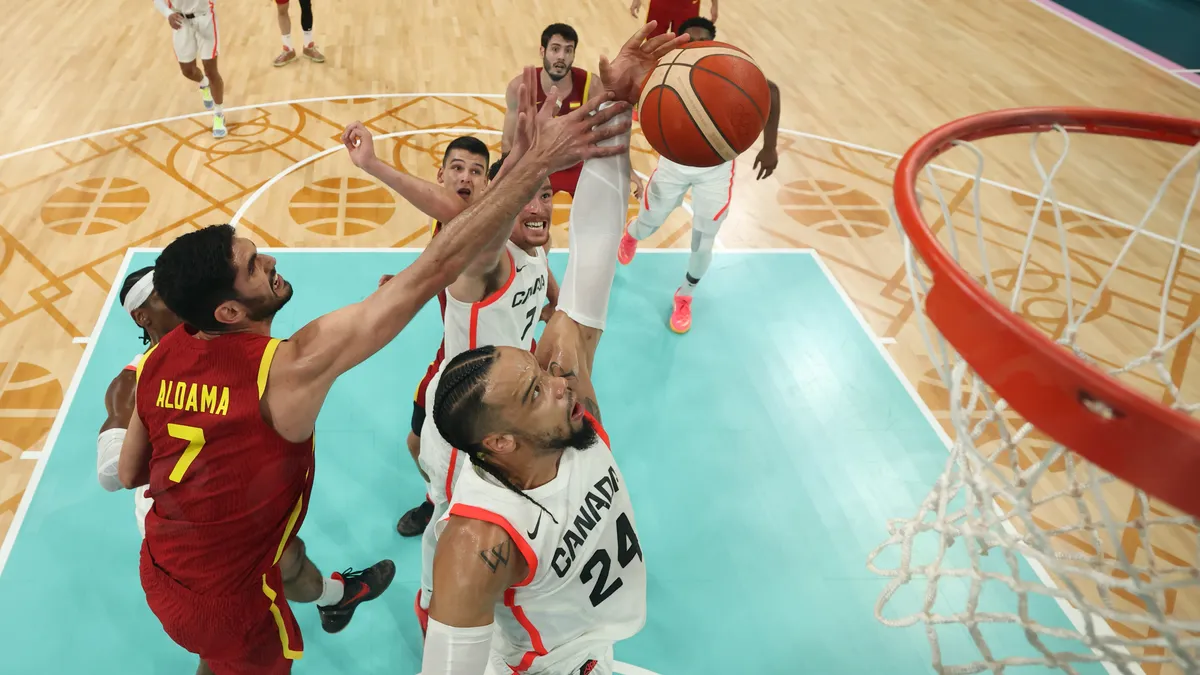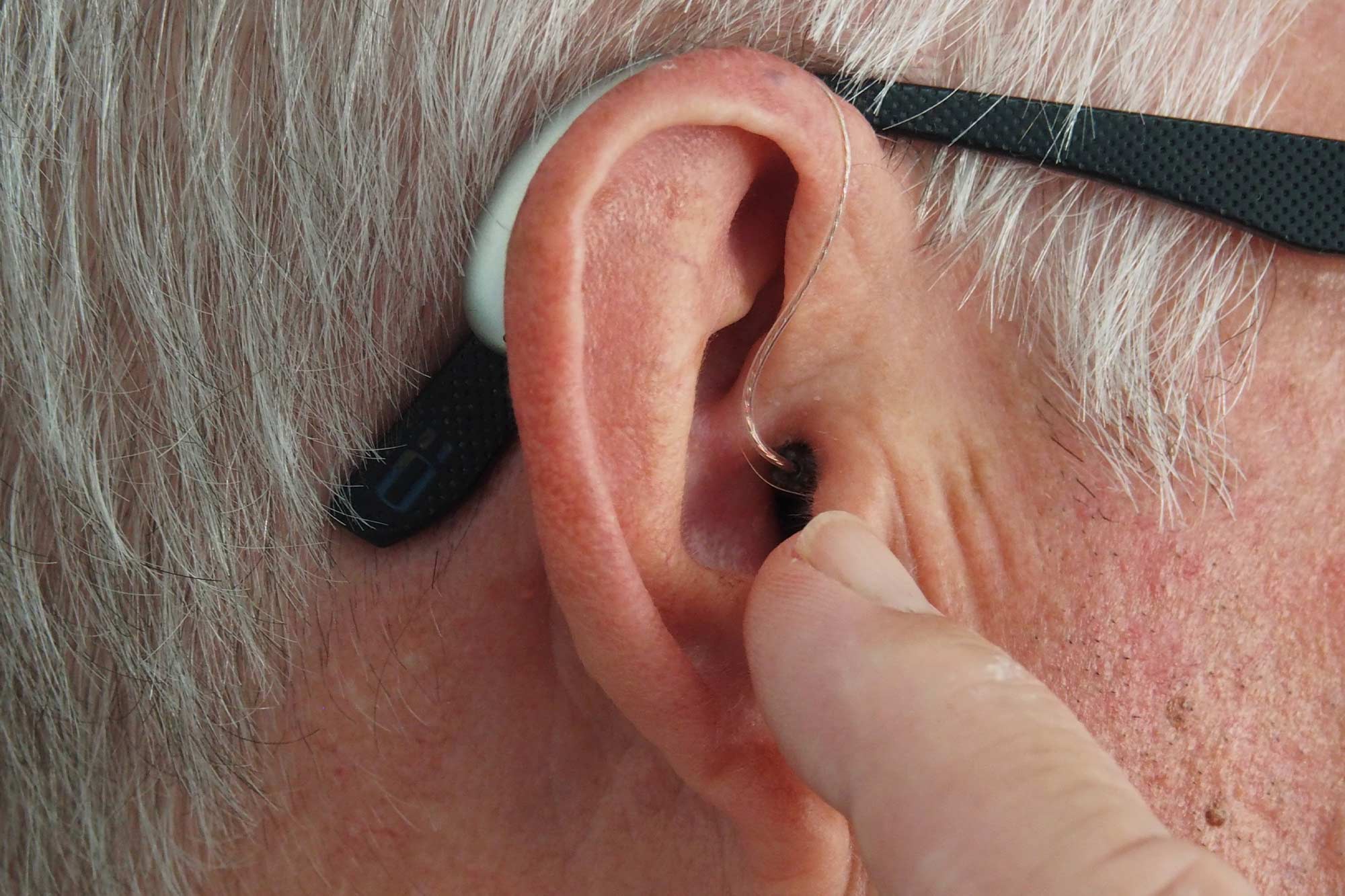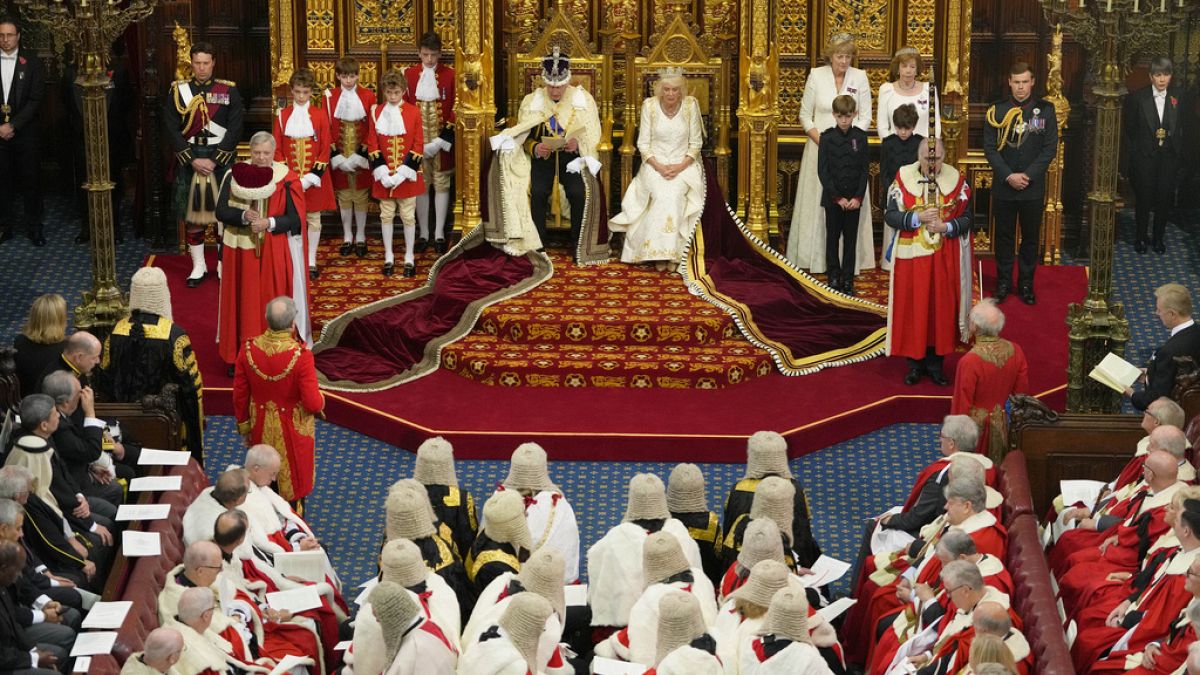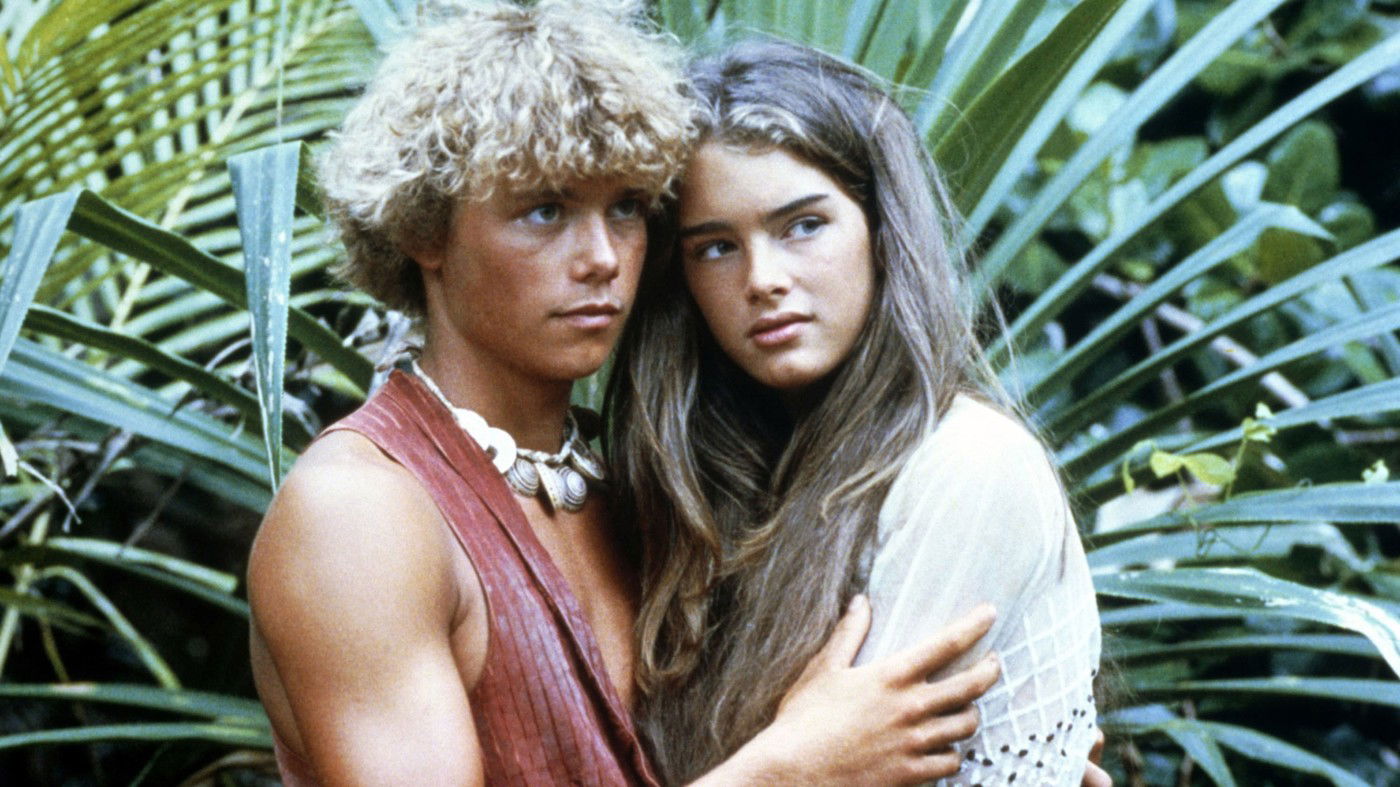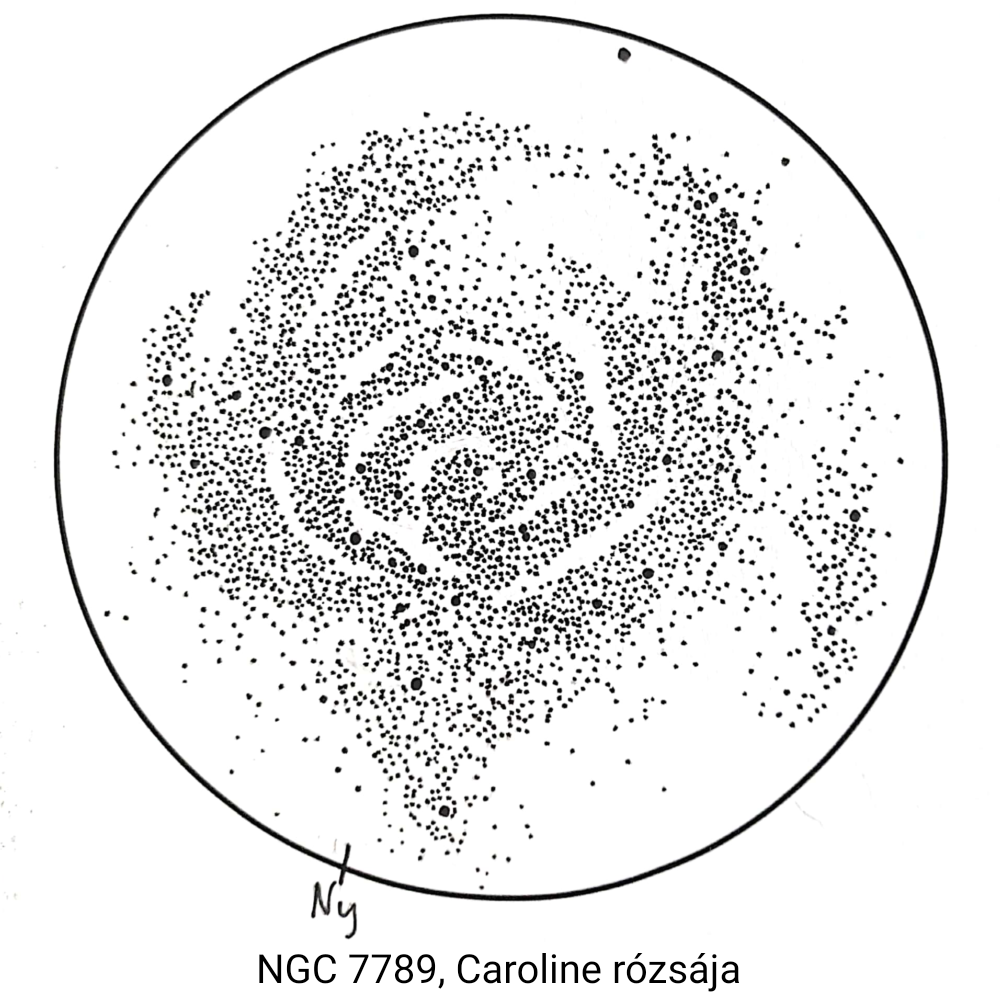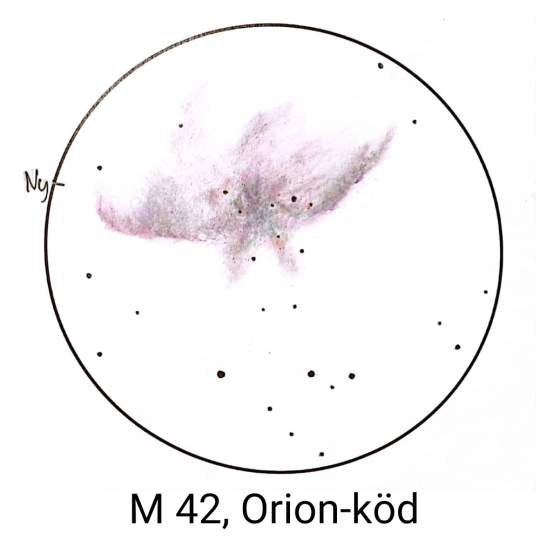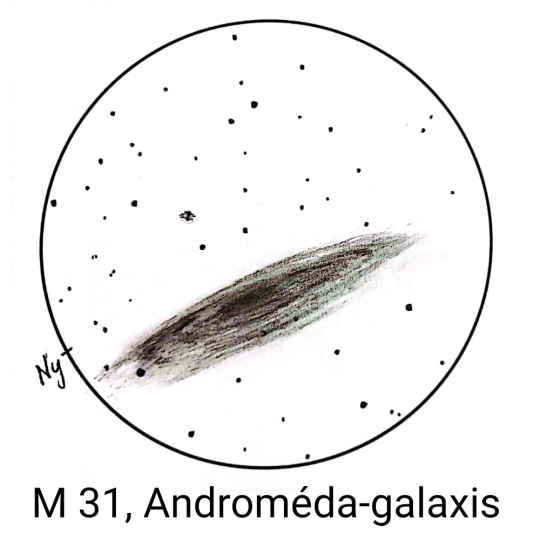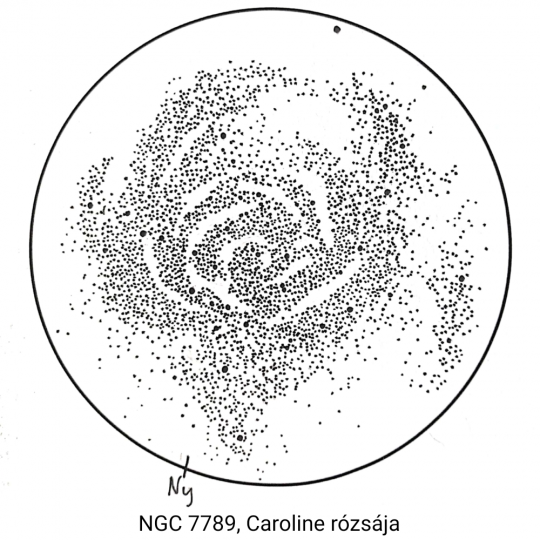Although the “real” Messier Marathon takes place in the spring, the best chance to visit all 109 objects is between March and April, but you can also try in the fall, and replace the Messier objects that are inaccessible at this time with other interesting objects. Equally amazing are deep sky objects. This is the downfall of the Messier Marathon.
The Messier Autumn Marathon was held from 15 to 17 September 2023 at MCSE Csillagtanya in Lovasberény. There weren’t many of us, about 10 people. On the first evening, we looked carefully until about 9pm, with Saturn the main target for many. I made two observations: one for M 31 and the other for NGC 457. The quiet observation was first interrupted by a Starlink satellite train. I counted about 20 points in a row, and it was pretty amazing. The clouds intervened for the second time. Many decided not to try any further, but those who stayed aloft were able to observe bright Jupiter and its moons. Finally everyone went to rest for the weather around 11pm.
The next day, we heard two lectures from Marcel Kovacs: they were mainly about Messier objects and the NGC, but also about what is worth looking at with some telescopes. During the day, we watched the antique show in Lovasperini, but before that we visited Chiraki Castle, where we had a detailed guided tour. Back at our base, we discussed what was worth seeing for the evening. We didn’t notice this because we had nice visitors. In the dome, they can see the Andromeda Galaxy, and in small telescopes they can see Saturn, the Perseus Twin Cluster and much more. I also taught them how to identify Cassiopeia, the eagle and the other constellations, and even told them their stories.
After the demonstration, the visitors left the farm thankful, and others were able to continue their observations: I cut my ax into a large tree, where I decided to make a drawing of NGC 7789, Caroline’s Rose. I did this for over two hours, but the end result was absolutely amazing. Later, I observed the Triangle Galaxy, but not with my own telescope, but with a Newtonian 405/1763 telescope, and at the dawn of the Orion Nebula with a UHC filter, but with my Newtonian 130/650 telescope. We also looked at the final body of the dome using different filters. The telescope provided a really detailed image, and the view was almost Hubble-like. Only one or two people saw the sunrise from a distant field, but because of the clouds, the lower part of the sky was not very clear.
Overall, the weather was good enough for sightseeing and it was great. We learned a lot from each other, so I can say it was a great weekend.
Ursulia Mesurda
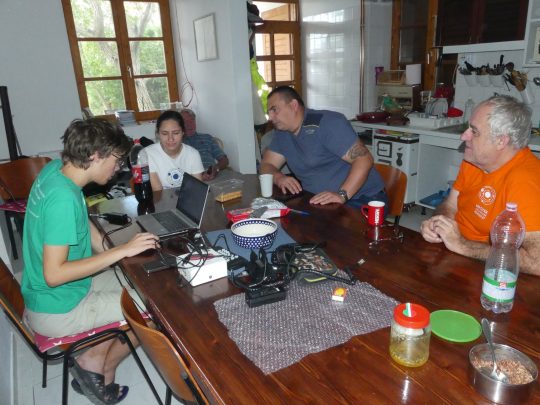
Marcelle Kovacs describes the possibilities and revelations related to the Messier Fall Marathon.

Harvest Parade, Lovasperini.
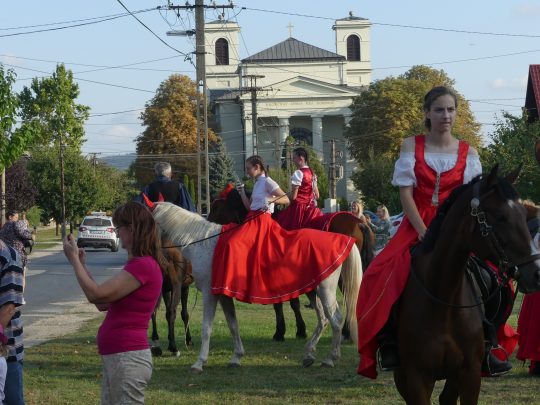
Harvest Parade, Lovasperini.
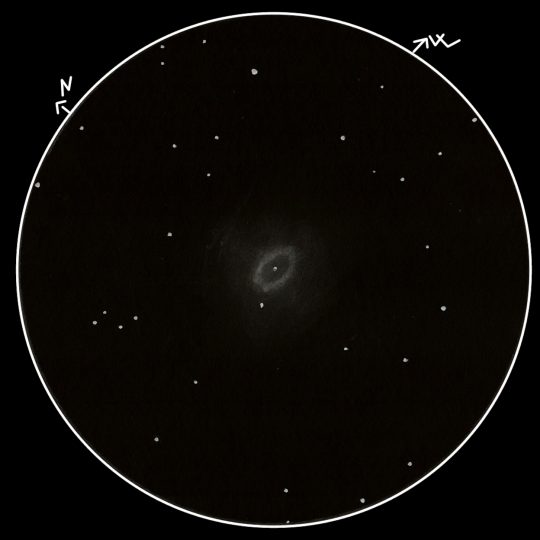
40.5t, 263x, LM: 19′, H-beta, UHC. M57, the Ring Nebula. There are even details inside, colorful inside and out (navy blue, turquoise, yellow-green, and red). It shows a slightly different side with each filter, with UHC being the “brightest”. The central star presented no difficulty. There might have been something of the aura shining outside, but it was more like the glow of the brightest part. (Marcel Kovacs)
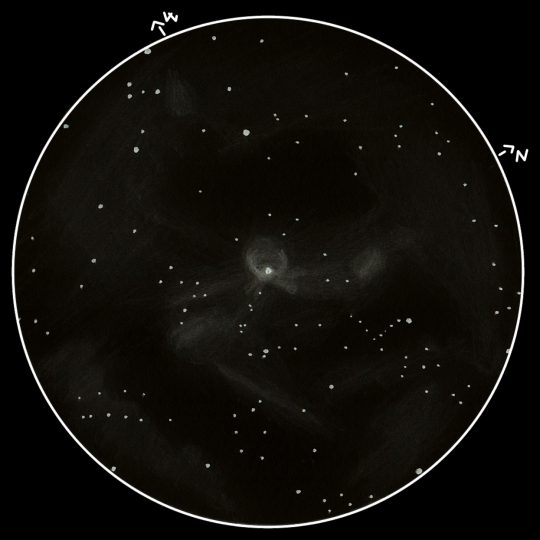
NGC 7635, the Bubble Nebula. 35.6 SC, 155x, H-beta, OIII. The Milky Way spots around it. Some details, such as the ionization front, were only visible using the H-beta filter. Contrary to my expectations, H-beta did not hurt the bubble much. (Marcel Kovacs)












